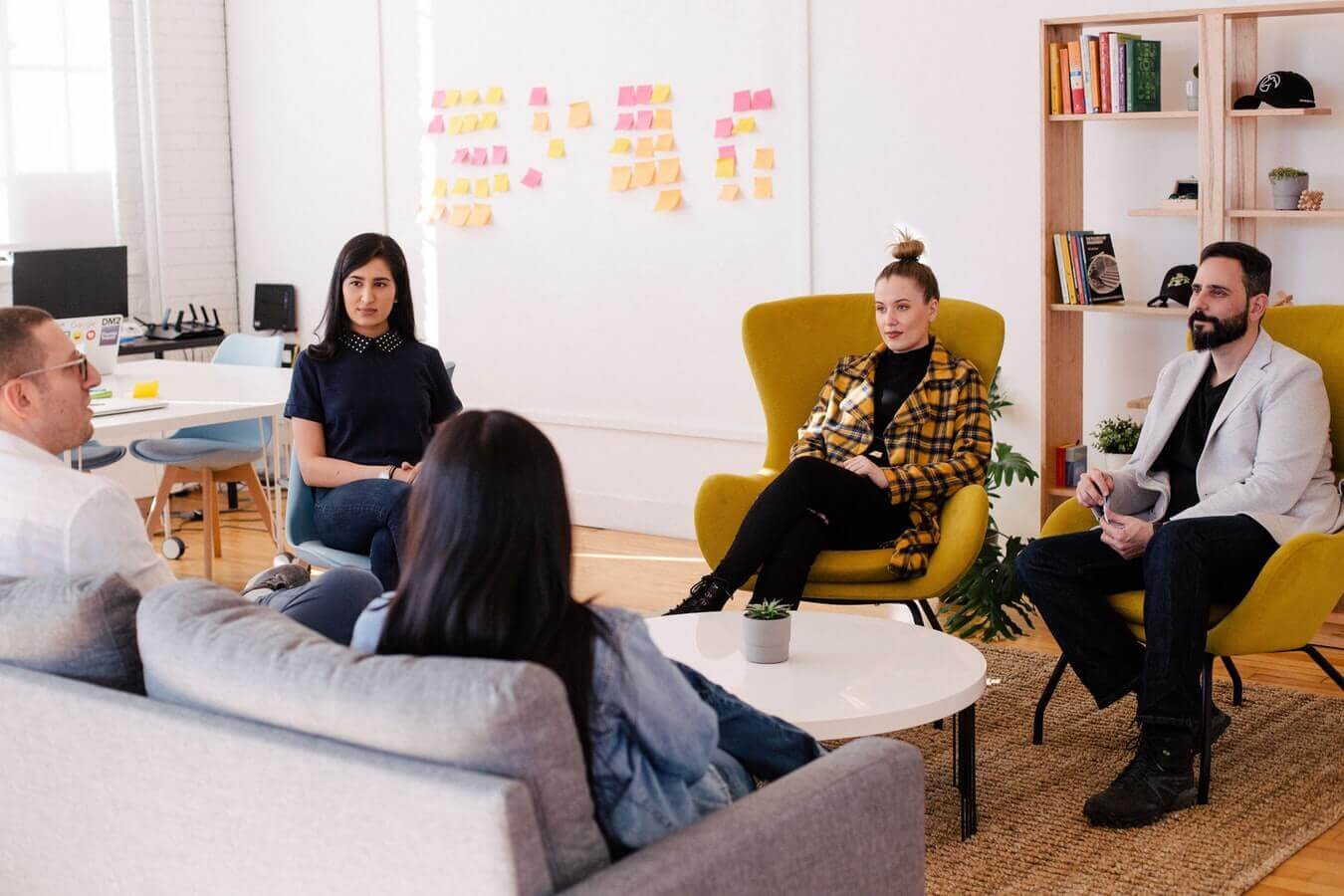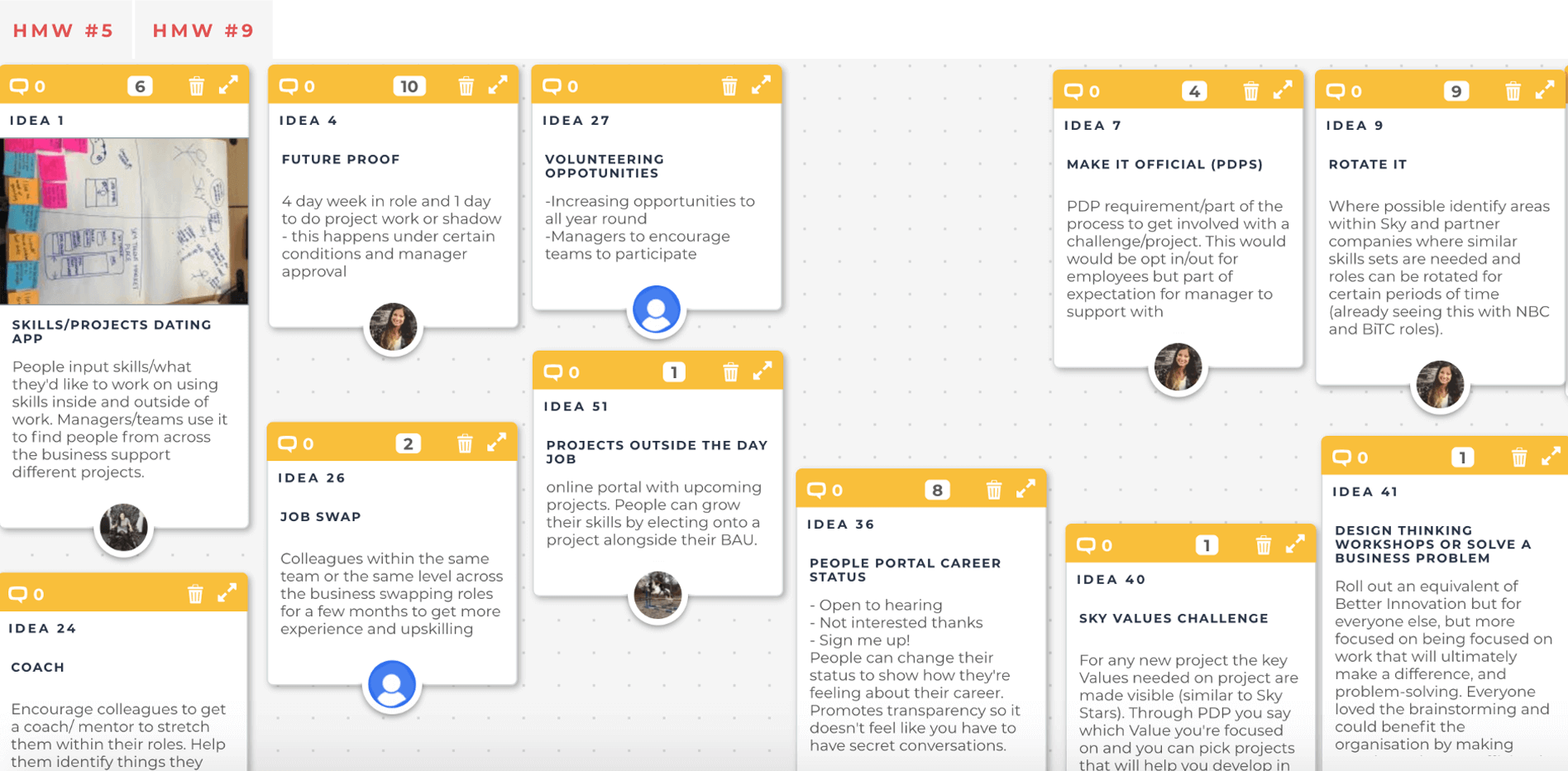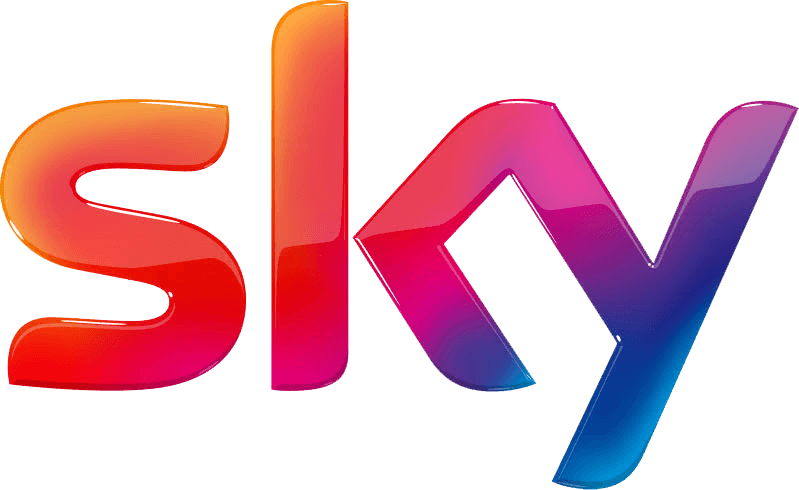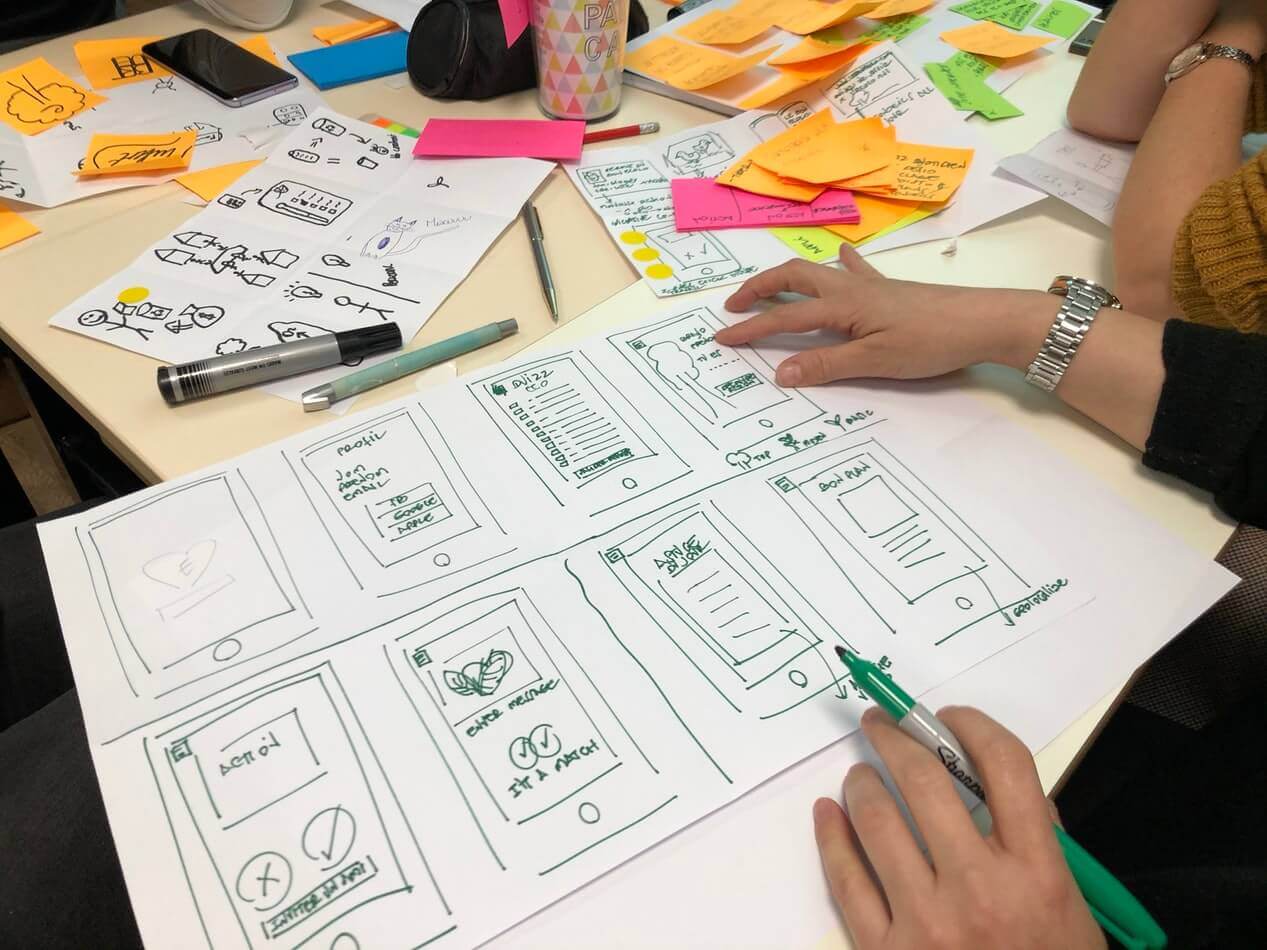Sky: Designing better careers for top talent

How might we provide our people with fulfilling careers at Sky?
Sky’s leadership team wanted to reimagine the Employee Experience, particularly for their more junior employees. After analyzing employee satisfaction data, they noticed a spike in employees leaving within 1 to 3 years of starting the job. Genuinely interested in WHY people were leaving, they decided a human-centred approach to innovation would help them to better frame the problem and quickly develop innovative solutions.
75% of employees are unsure if they plan to stay at their organization for the next 5 years (2019 Bureau of Labor Statistics Survey)
The approach
1. Learn design thinking
An experiential workshop that enables teams to learn design thinking while applying it to a challenge.
2. Field research
A deep dive into key ethnographic research techniques and planning how to get started.
3. Expert guided sprints
A Sprintbase sprint coached by El Tong.
4. Implement
Concluding the sprint, a session to plan next steps and how to get buy-in.
 Learn design thinking
Learn design thinking
Learning the principles of design thinking through a half-day experiential workshop
Before diving into the sprint to tackle Employee Experience, we brought each of the team members together for an action-packed day of learning. This experience enabled participants to:
- Develop a common language for innovation
- Learn design thinking techniques whilst considering how it can be applied to their real challenge
- Practice new skills & methods in a safe space
- Learn how design thinking has been applied through real-world examples
- Planning how design thinking could be used on their challenge

Field research
Extreme users
After learning the principles of design thinking, we helped the Sky team kick off their design sprint by going deeply into empathy building. One of the more helpful tools we used was interviewing extreme users. Extreme users are outliers, those who don’t fit the norm when thinking about a ‘regular user’. Identifying extreme users is a great way to run less interviews that reveal more insights!
Leveraging their data, they were able to get a clear sense of who their extreme users were. Some of the questions that set the foundation for them were:
- Which are the departments that people never leave? Leave often?
- Who has been here for two weeks? 25 years?

Field Research
Interviewing for empathy
After identifying extreme users, Treehouse’s El Tong led interviews with Sky team members in attendance so that they could see best practice before conducting the remaining interviews themselves. The team used templates to draw pictures and image cards to capture stories of what they were hearing and the feelings and reactions of those being interviewed. One of the key findings was that people had extremely different feelings about their work based on where they were working; aesthetics, cleanliness, feeling connected were all major players.

Insights & HMWs
Reframing the challenge
The team uploaded all their findings throughout the field research stage to Sprintbase, allowing them to consolidate their work and stay on track as they executed the project alongside their day-to-day activities.
Moving forward from field research, they formed insights and reframed the challenge with new ‘how might we’ questions.

“The first time around, the team formed several insights that were safe and familiar with solutions already baked into them; so I made them go back and start again. The second time around, they formed revealing, non-obvious insights that really addressed the challenge. That’s something great about using Sprintbase, you can go back and see exactly what you’ve done and why you’ve done it, then make changes if needed.”
El Tong
Project Lead

Ideation
Thinking big
After reframing the challenge based on deep user insights, the team began brainstorming. In their first brainstorming session, the team generated 100 ideas. They captured the ideas in the platform and prepared to vote the best ones through.

“After adding all the ideas, it was time to narrow down the best ones by casting our 25 votes, and it took two rounds to get it right. The first time we did this we played it too safe. The ideas were all quite similar, all very practical and within our influence to implement.
Luckily for us we had our coach from Treehouse, who challenged us and encouraged us to be bolder. The ideas we landed on the second time round were more innovative and pushed boundaries. It was obvious everyone in the team felt much more excited about them.”
Charlie Tomlinson
HR Business Partner, Sky


Prototype
Building an experience
Prototyping the ideas was a big challenge! (It normally is). Although the team was great at quickly developing storyboards, it was a struggle for them to think about making a prototype for something intangible. “How do we build an experience?” was a common expression.
One of the challenges was getting the teams to imagine something other than an all-in-one app that would fix everything. To address this challenge, we ran an in-person prototyping session at the Sky offices using only arts and crafts materials – and we barred technology from being present in the solutions with “Imagine it’s 1970” as our mantra!
Implementation
What’s next
The Sky team concluded the sprint by going through exercises that asked them to look ahead. They considered what the organisation might look like should their ideas become reality, created a business model canvas to explore feasibility, and even built project roadmaps to outline how they could get buy-in from the greater organisation. Our final coaching sessions took the team through a storytelling module to help them build a narrative to help get key stakeholders on board with their solutions.
The team produced a great blog sharing through the entire experience from their perspective: Agile in Learning.
A few tools we used
- Sprintbase: The design thinking platform for remote teams
- Extreme users: Identify key stakeholders to engage in interviews
- Interviewing: Interview with empathy to learn what people truly value
- Live group brainstorming: Spend 10 minutes with your team brainstorming wild ideas
- Storytelling: Build a powerful narrative to launch ideas and get stakeholder buy in
- Crazy 8’s: Sketch 1 idea per minute over 8 minutes
- Storyboarding: Communicate a complex ideas visually and concisely
- Business model Canvas: Quickly develop a business model for prototypes
- Video pitch: Get buy-in on your ideas by quickly communicating their value
Similar stories
The Futures Lab at LegalTechTalk 2024
How will new technologies change the way legal work is done? What impact will this have for legal operation and resource models? What skills will be most essential to success for the future lawyer? These […]
Read moreSky: Creating fantastic facilitators
How can we scale up our internal innovation capability? Sky is committed to innovation. Operating in such a competitive and fast-moving market means it’s vital that the business can not only anticipate, but set industry […]
Read moreRemarkable’s annual Design-athon moves online
Online event invites people to harness the power of technological innovation to remove barriers for people living with disability
Read more